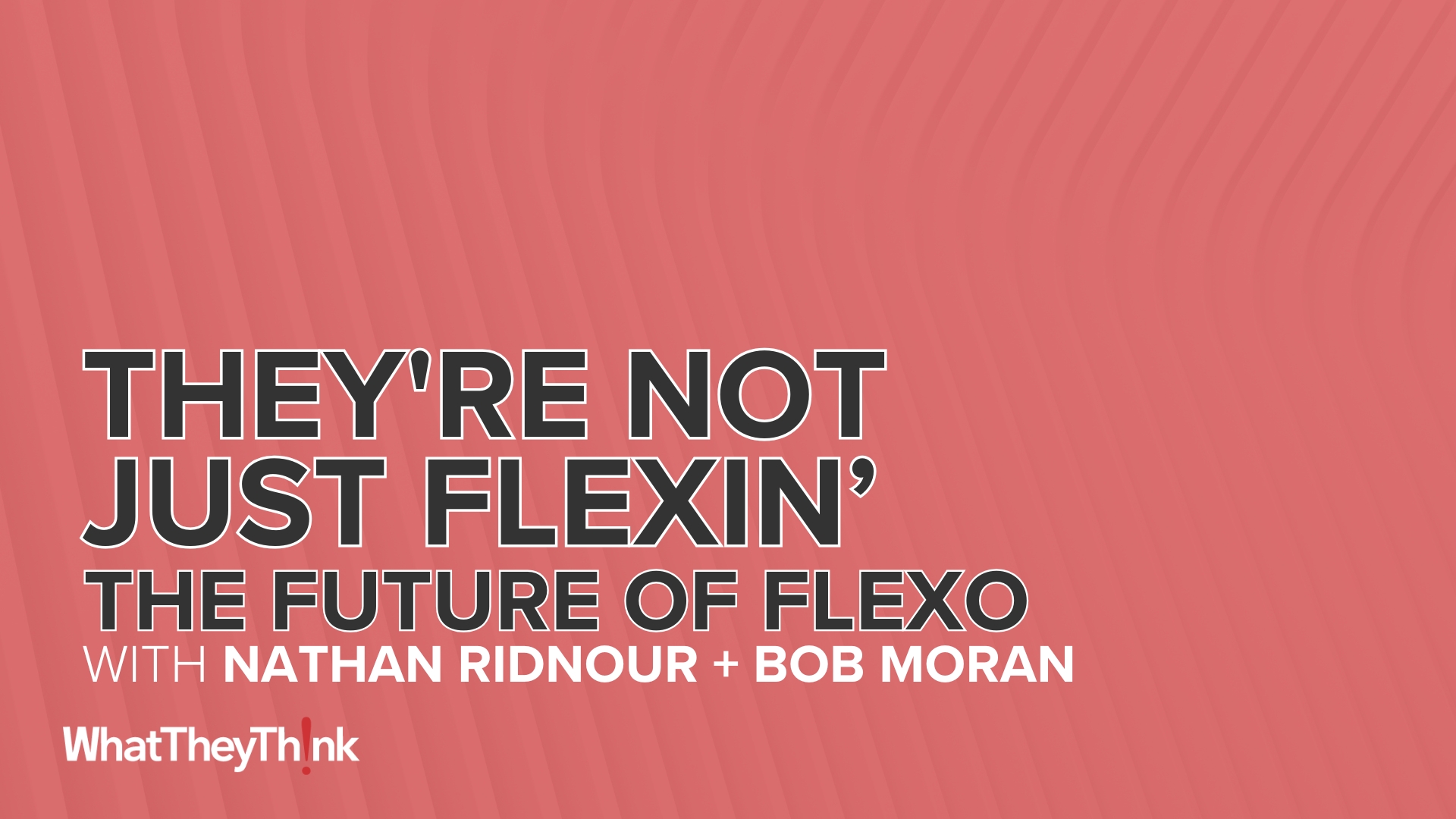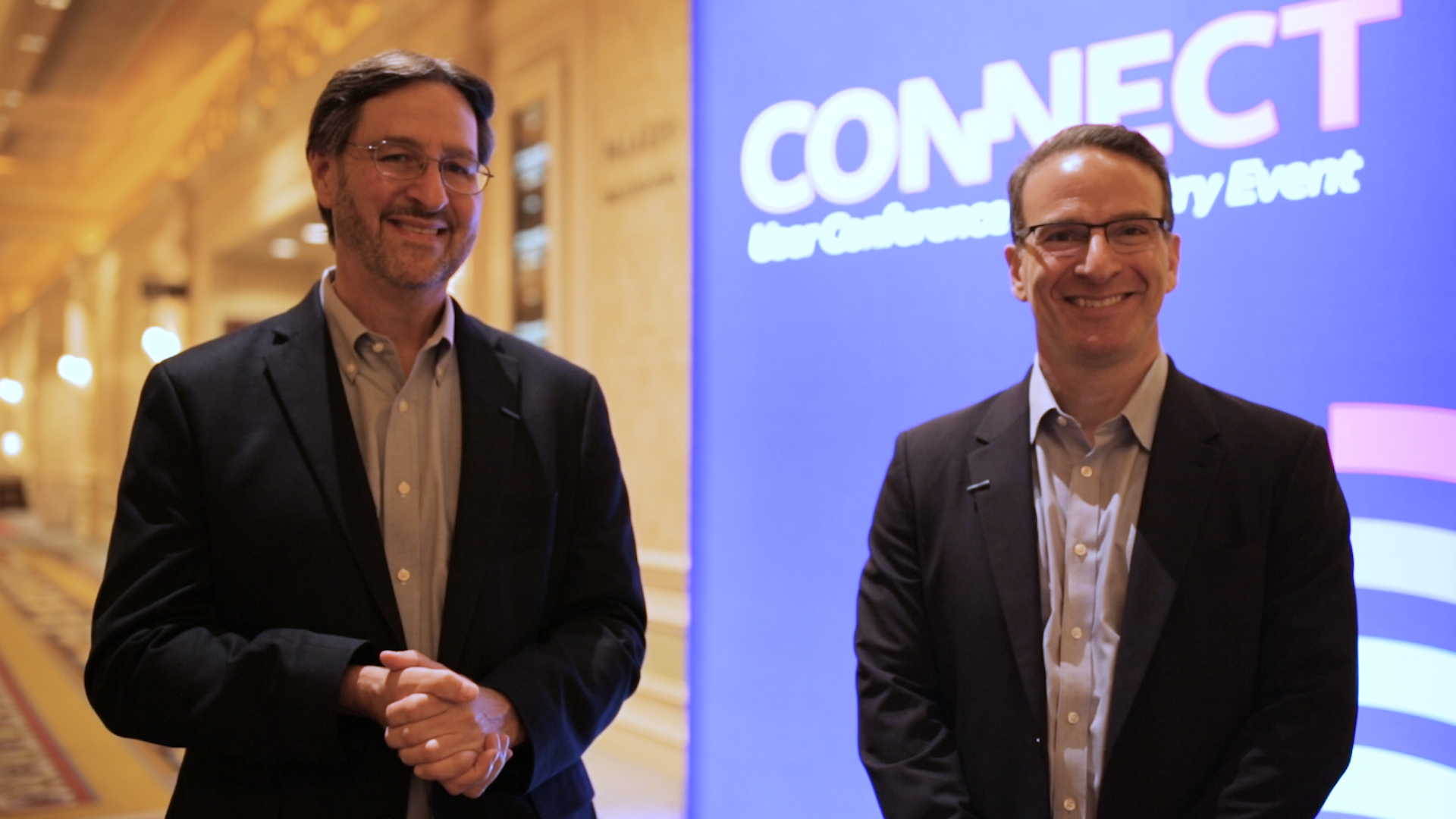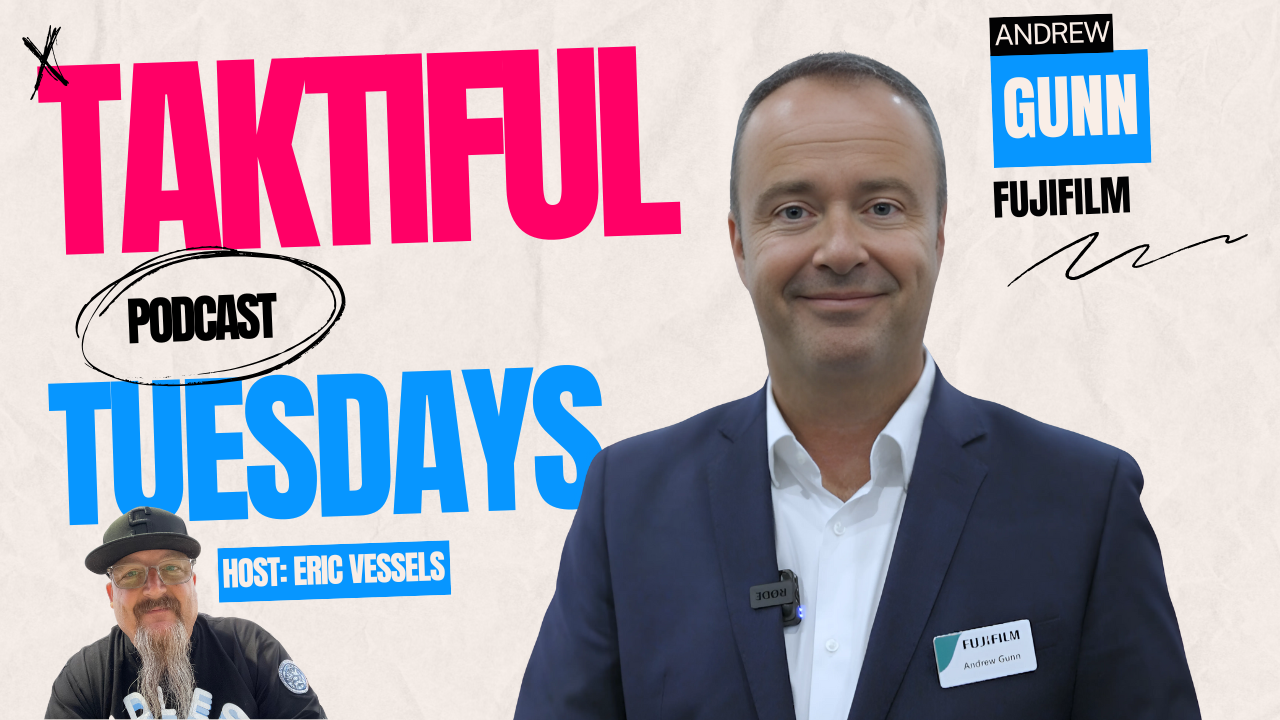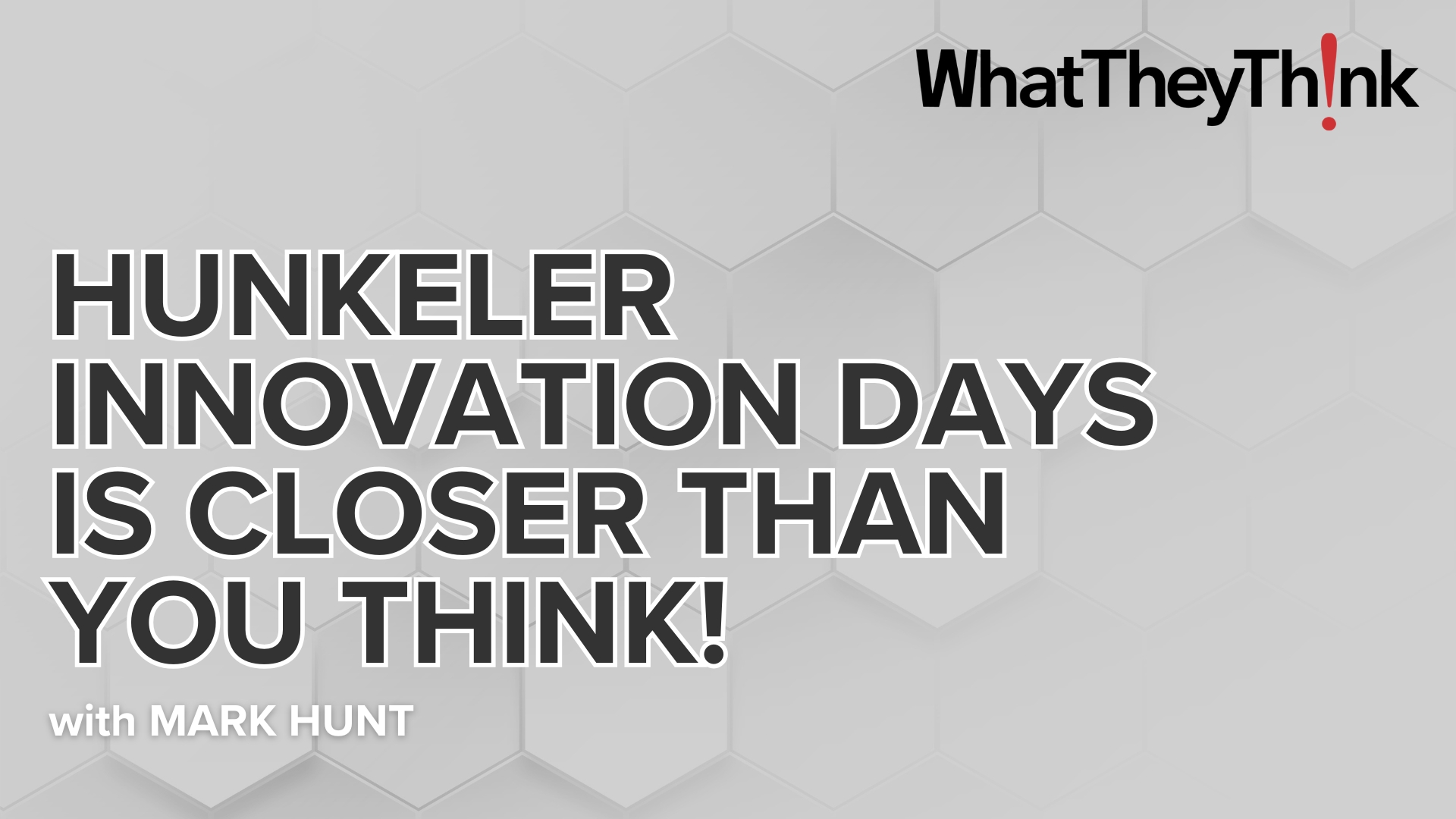“The world of print has been through turbulent times over the last few years as a result of changes in demand. Volumes are down, there has been downward pressure on prices, and whilst we have seen businesses closing excess capacity remains. We have experience of this at St Ives and have closed print businesses and consolidated others to ensure longer term competitiveness. Some people are even asking the question: Is there a future for print?
On the flip side, there are lots of innovations in the world of print at the moment. For example there is a great deal of excitement about 3D printing and augmented reality, some of which is capturing consumer and media attention and bringing some positive PR into the sector. As difficult as it is to contemplate investment in new opportunities during these difficult times, it may well prove to be the right time.
Consumer Marketing
We don’t have to look very far to see that the world is changing. Consumers are much more ‘digital’ than has ever been the case before. For instance, our own research at St Ives[i] shows that in Gen Y (18 to 30 year olds), 78% use social networks every week and 56% say that they could not live without Facebook.
The impact of this change is that this age group are the first truly digital generation. They are connecting with each other and the rest of the world in a way that we have never seen before, and they expect information to be always available and relevant. When it comes to sales and marketing, these new consumer groups need to be convinced and have access to information. Being influenced is no longer a one-directional process by the seller.
These new consumers listen to each other and are very open to peer influence. For example, we found that 76% said they would be influenced by friends and colleagues when choosing a credit card; 43% said they would be influenced by social media.
The challenge is that brands can no longer dictate the agenda and, as with any group of individuals, there is no silver bullet; you need to properly understand them and engage with them on their terms.
And this is just Gen Y, the next generation, Gen Z, are even more technically savvy, more plugged in and more sceptical of what they see as the big brand consumer world.
Omni-channel
More than 60% of consumers who interact with brands do so through multiple channels, which means that marketers have to be consistent, but channel-relevant, with brand and shopping experiences. This diversity demands that marketers map specific consumers’ purchase journeys, integrate marketing teams from different channels, and harmonise data repositories to deliver a superior and consistent experience, online and offline.
If you really want to see how the world is changing, go shopping with someone in their mid-20s and watch how the experience is very different from the linear purchasing we are used to, either in-store or on-line. Everything is mobile driven; the whole experience is done with phone in hand and is interactive. Research and price comparison, and offer checking, is done on the hoof, there is always an element of finding the best deal, and getting any purchase ratified by friends, and sometimes not friends. Shops like Burberry, H&M and Diesel are starting to provide free wi-fi and mirrors linked to the internet to allow photographs to be shared online before purchase.
Purchases are often made online for products seen in store, which are then delivered home, this is not just price driven but because it is more convenient. Some brands, such as McVities, Heinz, Cadbury and Budweiser are offering on-pack engagement via mobile using tools such as Blippar. And these are not just offers; often they are competitions or games.
While these innovations are exciting and leading to a convergence of channels, towards an omni-channel presence for retail brands, it is still not that personal. The next step is to use preferences to tailor content for individuals and provide a more personal experience both in-store and online.
The Future of Print
So what role is there for print in this technology driven age? Often, marketers treat marketing as a series of individual channels rather than composing those channels into a unified whole that guides customers from discovery to purchase and beyond. As customers’ behaviours have evolved, the line between traditional and digital channels has become meaningless: both old and new channels feature heavily at every stage of the customer life cycle.
The future of marketing is one in which all media are considered at the right time, and printed media are a key part of this mix. There have been many studies that show that combining media, including printed media, creates a much more effective communication vehicle than just one media on its own. For example, direct mail combined with online and donations through text message has created a huge impact in the charity sector.
Going back briefly to Gen Y, according to some recent research from Royal Mail and fast.MAP, they are the generation most likely to open and read a direct mail communication. So, while they don’t get much mail, they engage with it when they do, but it needs to be relevant, personal and exciting to drive the customer to engage through other channels. This generation is often lost in direct mail campaigns, but the influence of mail, coupled with other media can be very effective.
In-store printed Point of Sale (POS) needs to be coupled with digital engagement via mobile phones and possibly digital displays to provide a personalised in-store experience. We see this as evolved QR codes, embedded in the product linked to personal customer information that provides something unique; an offer, competition or maybe something fun. The key is that the printed material and the data combined create an interactive experience.
In the world of outdoor media, there will clearly be a migration towards cheaper digital display in the future. However, the idea of huge digital displays everywhere that display personal offers for each consumer, still seems unlikely. What is more likely outdoor is printed display with embedded content to be released, again via mobile. Coupled with areas such as augmented reality, this will create a new dimension in the advertising world.
For magazines and newspapers, the model is changing and will continue to change; printed copies will continue to decline but will not disappear completely. However, by buying the physical copy, the customer will get access to the digital version for free. It therefore comes back to choice – what the consumer wants, where they want it. Convenience will ultimately result in higher consumption. Advertising needs to span both, on the page but also online, joined up and personal. The question for advertisers is how to lift what is on the page to make it relevant to the individual.
We also believe that books will evolve in a similar way, with the digital e-book and physical paperback becoming a package, where both are bought at the same time. Content in the physical book can then come alive in the e-book when connected on-line. As much as the world becomes digital, there will always be the need and the desire for the physical as well.
Summary
As a very large print group, we have seen our market change over the last few years. The economic crisis was the catalyst for action. We planned ahead and changed the way we worked, we embraced data and digital and will continue to do so. But, that doesn’t mean we don’t value print. Quite the opposite; it still sits as a key part of what we offer and will for the foreseeable future.
There is a future for print but not as a standalone product, rather as part of the mix of ways a brand can deliver content to an individual. We believe print is, and will continue to be, a hugely impactful medium to carry content and marketing messages, and the challenge is to ensure its relevance and efficient delivery.”
About Patrick Martell
Patrick started at St Ives as an apprentice in 1980 before he took on a number of managerial roles at Clays, the St Ives Group book printing business before taking over as Managing Director in 2000. During his time as MD, the business grew through a combination of factors including the negotiation of an exclusive agreement with Harper Collins, the success of the Harry Potter books and the diversification into distribution including the building of a dedicated distribution warehouse.
As a consequence, Pat moved centrally to St Ives Group and took on the management of other divisions including operations in Germany and Holland as well as the Magazine Division. He was appointed the main board in 2003 and took over as CEO in 2009.
Under Patrick’s stewardship, St Ives have successfully undertaken a major strategic shift in migrating from a print only business to a major Marketing and Publishing Services Group, a success reflected in the increasing value and share price of the Group.
Patrick is very proud to be appointed as President for IPEX 2014 and will be working closely with the advisory board to ensure the extensive and unique content programme reflects the print industry’s latest issues and trends.
Patrick is married, has four children and lives in London. His hobbies include regular visits to the gym, riding his motorbike at great speed and cooking for family and friends.















Discussion
By Marion Williams-Bennett on Oct 14, 2013
A very thoughtful look at the role of print, thank you Patrick!
So many people are talking about the death of print. I agree that it's not dead, but like any marketing channel, you need find the right place, time, and opportunity it to use it. That type of thinking is what will create results.
I look forward to hearing more of this type of discussion at IPEX.
By Gina Testa on Oct 15, 2013
This is a very thorough look at the evolving role of print – and given the influx of digital communications, it is great to hear about the value St. Ives continues to place on print, especially as the medium changes (for the better!). It’s not surprising that the best marketing results often come from campaigns that smartly mix media as you suggest – old and new, analog and digital, print and electronic.
-Gina Testa, Vice President, Xerox Worldwide Graphic Communications Business
By Robert Godwin on Oct 15, 2013
>>However, the idea of huge digital displays everywhere that display personal offers for each consumer, still seems unlikely.<<
The use of Near Field Connectivity (NFC) is growing as a solution for personalization. Two-way transference with the mobile and digital display creates instant data that can be processed into business intelligence.
The unit cost of printed material is a value point when compared to a digital display installation and maintenance. Static displays for prime display real estate are becoming a luxury. Digital display can change with shift in demographics throughout the day. Intel has the Audience Impression Metric Suite that's designed to bring personalised content to consumers, while also gathering data on age, gender and length of attention.
By Pete Basiliere on Oct 16, 2013
Great hobby, Patrick, "riding his motorbike at great speed." I prefer four wheels to two for that ~smile~
The idea that the "The next step is to use preferences to tailor content for individuals and provide a more personal experience both in-store and online" aligns 100% with what we refer to as "context-enriched content."
My work with various customer communications management software providers such as GMC Software, HP, Pitney Bowes and Xerox indicates they have accepted the idea of context-enriched content. Enabling their tools to incorporate context about the moment with historical reference data about the consumer remains a challenge - a challenge which the likes of Apple, Facebook, Google and a raft of mobile ad brokers are likely willing to take up.
By Jacob Aizikowitz on Oct 16, 2013
A rather insightful and valuable analysis on the role of print in a digitally-oriented world.
I especially like the recognition that a key requirement is "... deliver a superior and consistent experience, online and offline".
Digital marketing is a lot about dialogues -- individualized, relevant, and timely. More and more marketing professionals start realizing that individualized print is an essential element in the media mix that serves such dialogues. Patrick's article helps tremendously in communicating this message.
By Dean Smith on Oct 18, 2013
Great Piece Patrick....
After spending the last couple of weeks listening to 60+ CMO's at events and attending the Inbound Marketing (#IMUK13) event in London this week, it became very clear that brands real challenges are how to coordinate and execute campaigns, optimise data, build content creation content with meaningful calls to actions and measurement. The other major roadblock is how to integrate traditional offline and online comms with the right data-sets to support multi channel execution. There is a lot of noise (everywhere!) about new tech / products discussed in this article (Proximity marketing (NFC) / Social / Augmented Reality / 3D printing etc) are game changing ideas, which I agree, however in isolation there just part of the multi-channel comms ‘Pick & Mix’. The real demand from brands is how to turn this ‘Pick & Mix’ into meaningful marketing programmes that drive awareness, acquisition, cross/up-sell and reduce churn...cost effectively, particularly as budgets are still under pressure. According to ‘Marketing Week’ yesterday, marketing budgets are increasing, but probably only for those brands that can show ROI, and worse still brands are not really increasing budgets, but moving money around from traditional off-line (Print / DM) to online.
I would estimate that over 70% of the Global brands we spoke to are struggling to articulate, plan multi-channel execution and measurement, particularly how to present meaningful ROMI calcs to keep the board happy.
The growth and success of marketing services providers like Banner Managed Communication and St.Ives will be quite simply who can help clients build, plan, execute and measure integrated multi-channel campaigns. Word of warning re Gen Y (Millenials) and Gen Z....Gen A – X still hold the purse strings, well at least in my household...which compounds the challenges further for clients.